There are lots of pieces of specialized gear that are nice to have and can enhance your time adventure skiing. Climbing skins enhance the experience so dramatically that they are practically essential for backcountry skiing. In the right conditions you can ascend a snow covered mountain faster without them (with crampons on frozen corn), but for most days and conditions, climbing skins are as integral to earning your turns as a free heel binding is.
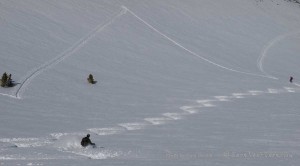
Gil Estrada spoons Robert Blands tracks. Lil' Morrison canyon, Sierra Nevada, April 2010. click to enlarge
Starting next week Climbing Skins will become a regular focus for awhile. The Sierra has been pounded with snow and it’s being roasted into spring corn with all slopes good to go. Several manufacturers have sent samples for review and it will be good to begin a fresh round of comparisons.
It is my hope that this will become a community effort, with my posts establishing a place where you and I can compare notes on each particular skin, informing the backcountry community at large. I’ll begin the process with a first look at each brand and model on their out of the box condition, and their field performance on day one. From there, it will be a matter of documenting their performance over time. Quirks of the tip and tail hardware, how they are holding up after 10 days, 20 days, and special mentions of conditions that caused failures or trouble, like icing up, glopping up, leaving residue, or limits to grip.
Keep making backcountry turns

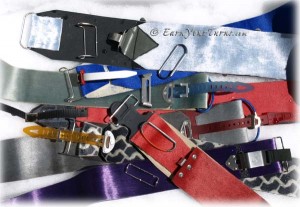



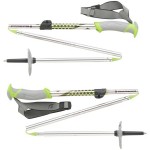
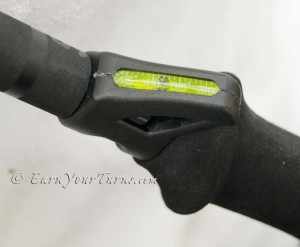
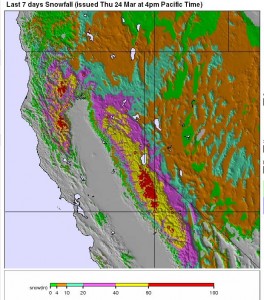

Recent Comments